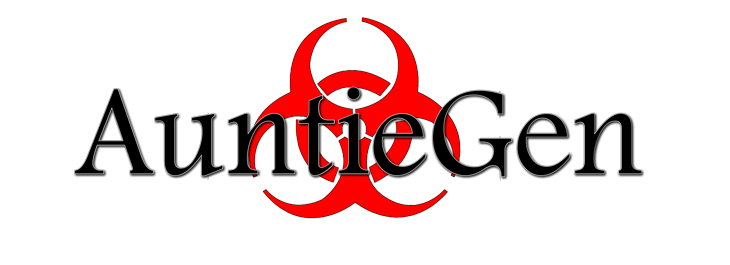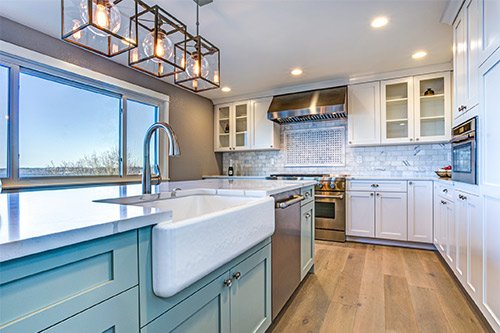When you suspect there is a mold problem are there any warning signs? Why do you look for mold? In most cases is because you had a water leak of some kind or you actually see visible signs of mold. But what do you do in a case where you can’t see the mold, how would you know when, why or where to look?
Do you think it is possible to have mold and not know it? What if I told you that over 80% of all homes in the United States have mold to some degree. Invisible mold; why it is there and how it will affect you.
1) Attic spaces have free flowing air from the outside to avoid mold growth as mold grows very well in stagnant air spaces. So why is there mold in my attic?
-
- Water intrusion (Roof, HVAC unit, humidity)
- Insulation is too tight impeding the flow of air. Too much insulation
- On building materials from original construction (most wood is stored out doors)
2) Living Spaces have many more areas where mold can grow but mostly for the same reasons. So why is there non-visible mold in my home?
-
- Water supply, exhaust or drain pipe behind the wall has a very slow drip.
- HVAC unit is the wrong size for my home and creating condensation on the ducting, poor humidity levels and inconsistent temperatures in the home.
- Leaking doors, windows, chimneys and vents
- Poor construction
3) Crawl spaces have free flowing air like attics but most people are unaware of how to keep this space under control from the outside. So why do I have mold in my crawl space?
-
- Crawl Space vents should be kept closed during summer months as to not let HOT HUMID air into your nice cool crawl space. Slightly opened in the fall, winter and spring months, also depending on where you live as climate plays an important role in the crawl space moisture reading.
- Water intrusions from flooding, pipe breaks, leaks, water table etc..
- HVAC unit wrong size
Here is a video that explains better where mold can hide and make you sick and keep you sick, Moldy Movie Clip:


Recent Comments